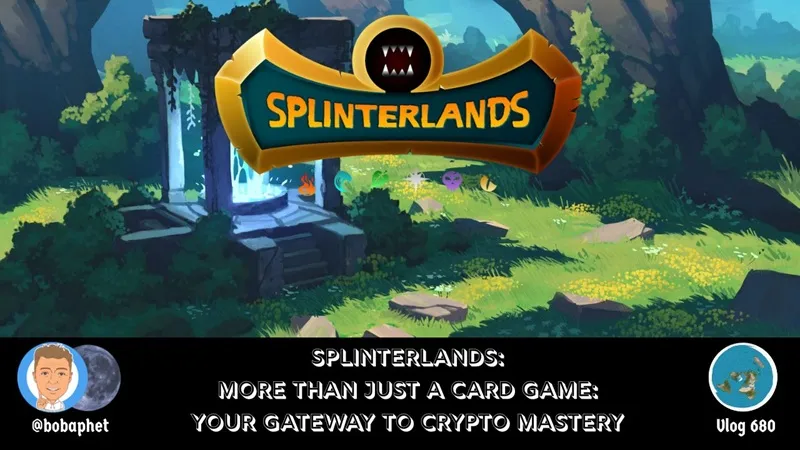
If you think Splinterlands is just another digital card game, think again. Since its launch in 2018, this blockchain-based trading card game has evolved into a vibrant ecosystem that not only delivers strategic, fast-paced gameplay but also serves as a hands-on education in cryptocurrency, decentralized exchanges, and blockchain technology. Whether you're a gamer, a crypto enthusiast, or a curious newbie, Splinterlands offers a unique blend of entertainment and learning that can demystify the world of digital finance. Let’s dive into how Splinterlands transcends its card-battling roots to become a masterclass in crypto.
The Basics: A Card Game with Blockchain DNA

At its core, Splinterlands is a collectible card game where players build decks from a growing library of over 500 unique cards, each with distinct stats, abilities, and elemental affiliations (like fire, water, or dragon). Battles are quick, strategic, and skill-based, pitting you against opponents worldwide. But unlike traditional card games like Magic: The Gathering or Hearthstone, Splinterlands is built on the Hive blockchain, which introduces a layer of ownership and economic opportunity that sets it apart. Every card you own is a non-fungible token (NFT), meaning it’s yours to trade, sell, or rent on open marketplaces. This is where the game starts to feel less like a hobby and more like a crash course in crypto.
Watch a Battle Here
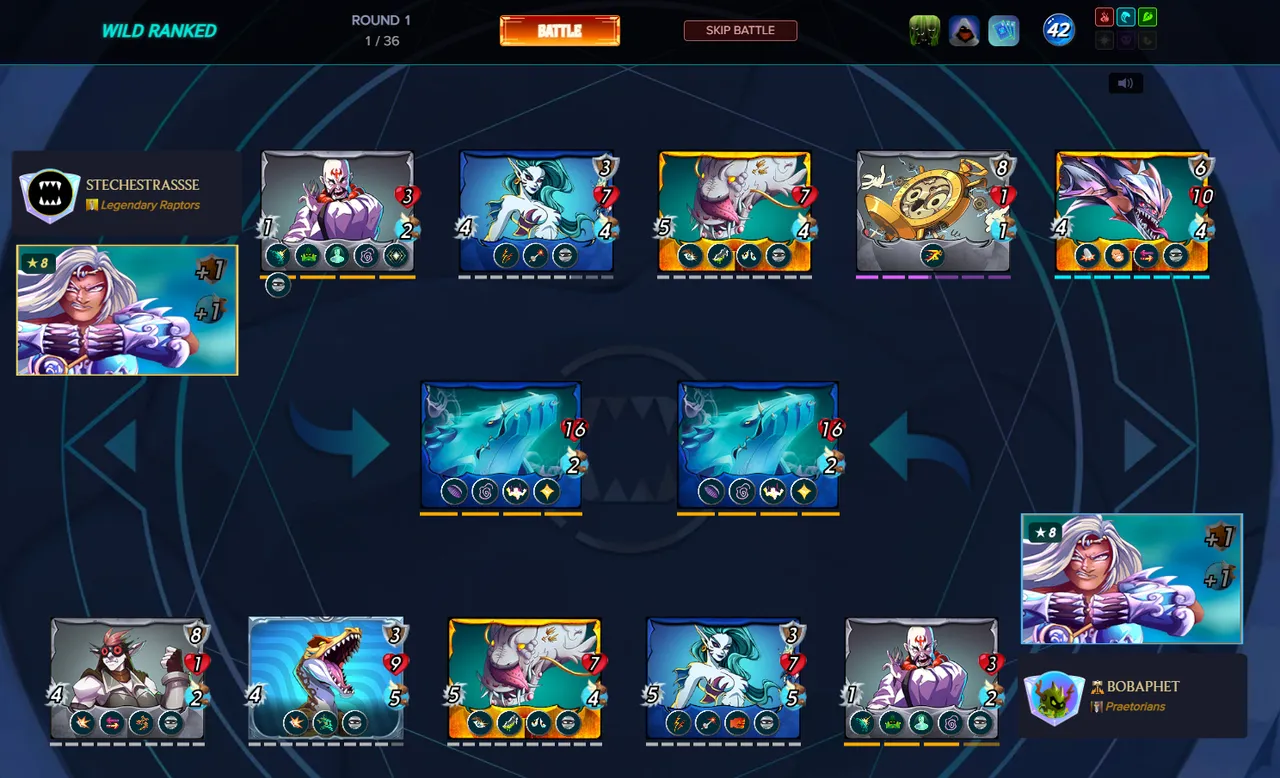
Lesson 1: Understanding NFTs and True Digital Ownership
When you start playing Splinterlands (after purchasing a $10 Summoner’s Spellbook to unlock full features), you’re not just collecting cards—you’re acquiring NFTs. These digital assets are stored on the Hive blockchain, ensuring you have true ownership, unlike in traditional games where your items are locked within a company’s ecosystem. This introduces players to the concept of NFTs: unique, indivisible tokens that can be traded on marketplaces like Aqualis, PeakMonsters, Monster Market or OpenSea.
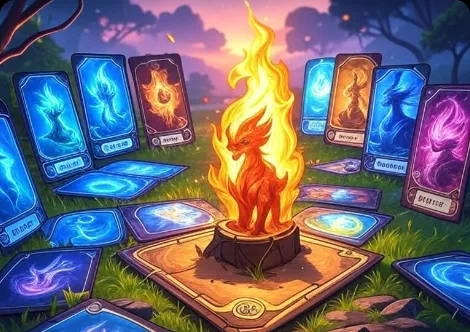
For new players, this is a practical introduction to blockchain technology. You’ll need a Web3 wallet, like MetaMask or a Hive wallet (automatically generated upon signup), to manage your cards and in-game currency.
Suddenly, you’re not just playing a game—you’re navigating the same tools used in the broader crypto world, learning how to securely store and transfer digital assets.
Lesson 2: Cryptocurrency and In-Game Economics
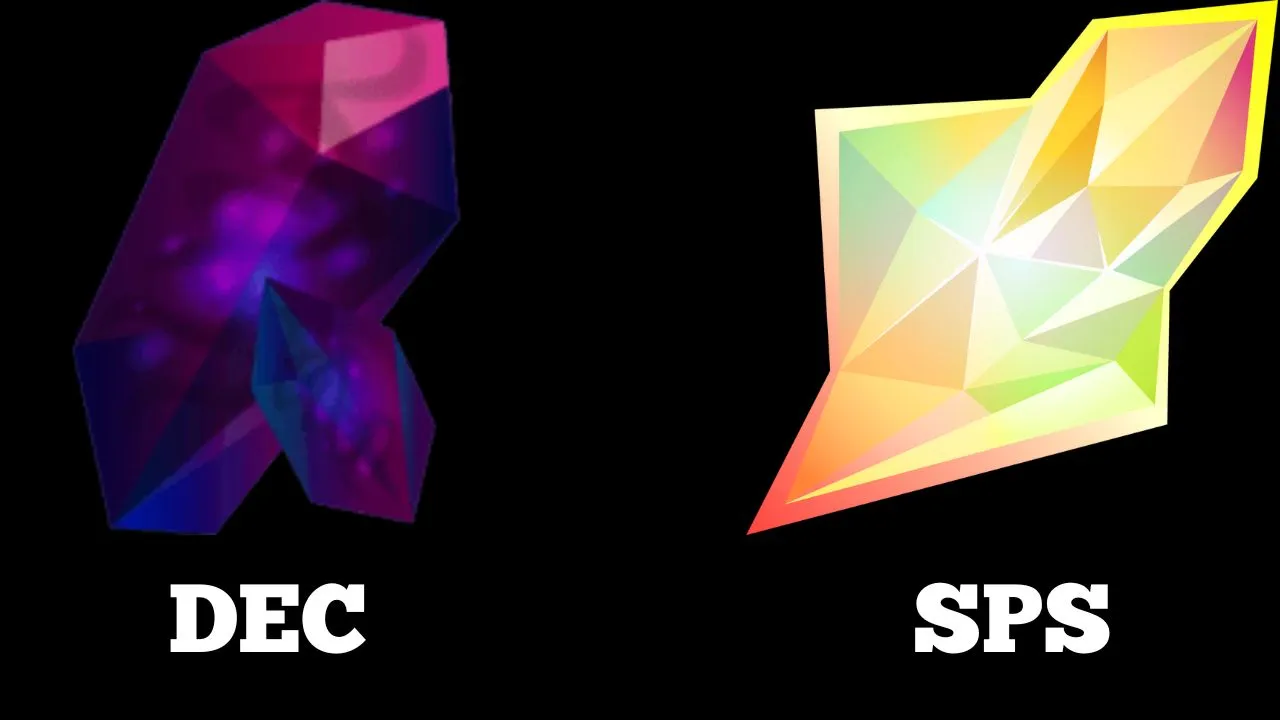
Splinterlands uses two main tokens: Dark Energy Crystals (DEC) and Splintershards (SPS). DEC is the primary in-game currency, earned through battles, quests, and tournaments, and used to buy cards, packs, or other items. SPS, on the other hand, is the game’s governance token, giving players a say in the game’s development while also serving as a reward for staking and participating. Both tokens are tradable on decentralized exchanges like Hive Engine, TribalDEX, or even larger platforms like Uniswap for SPS.
This dual-token system teaches players about cryptocurrency economics. You’ll learn how to:
Earn and spend:
Win SPS through daily quests or ranked battles, then decide whether to reinvest in better cards or cash out by selling on exchanges.
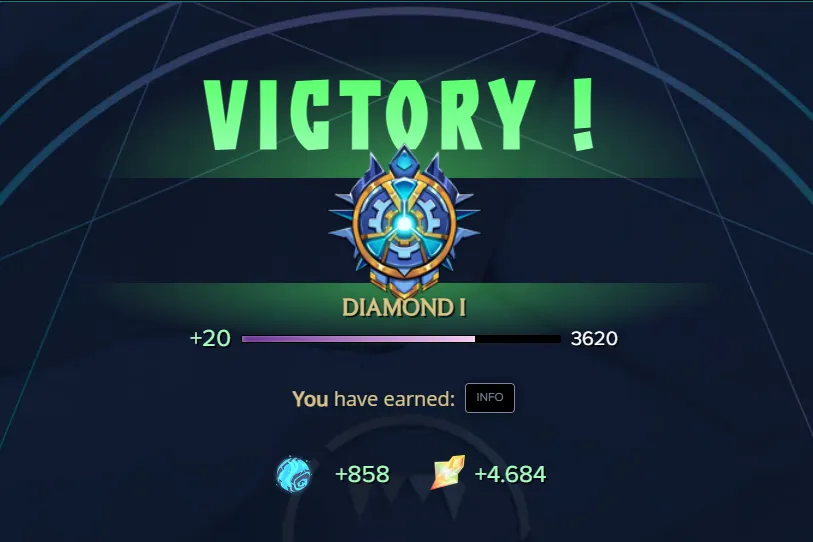
Stake for rewards:
Lock SPS tokens to earn staking rewards, a concept akin to yield farming in decentralized finance (DeFi).
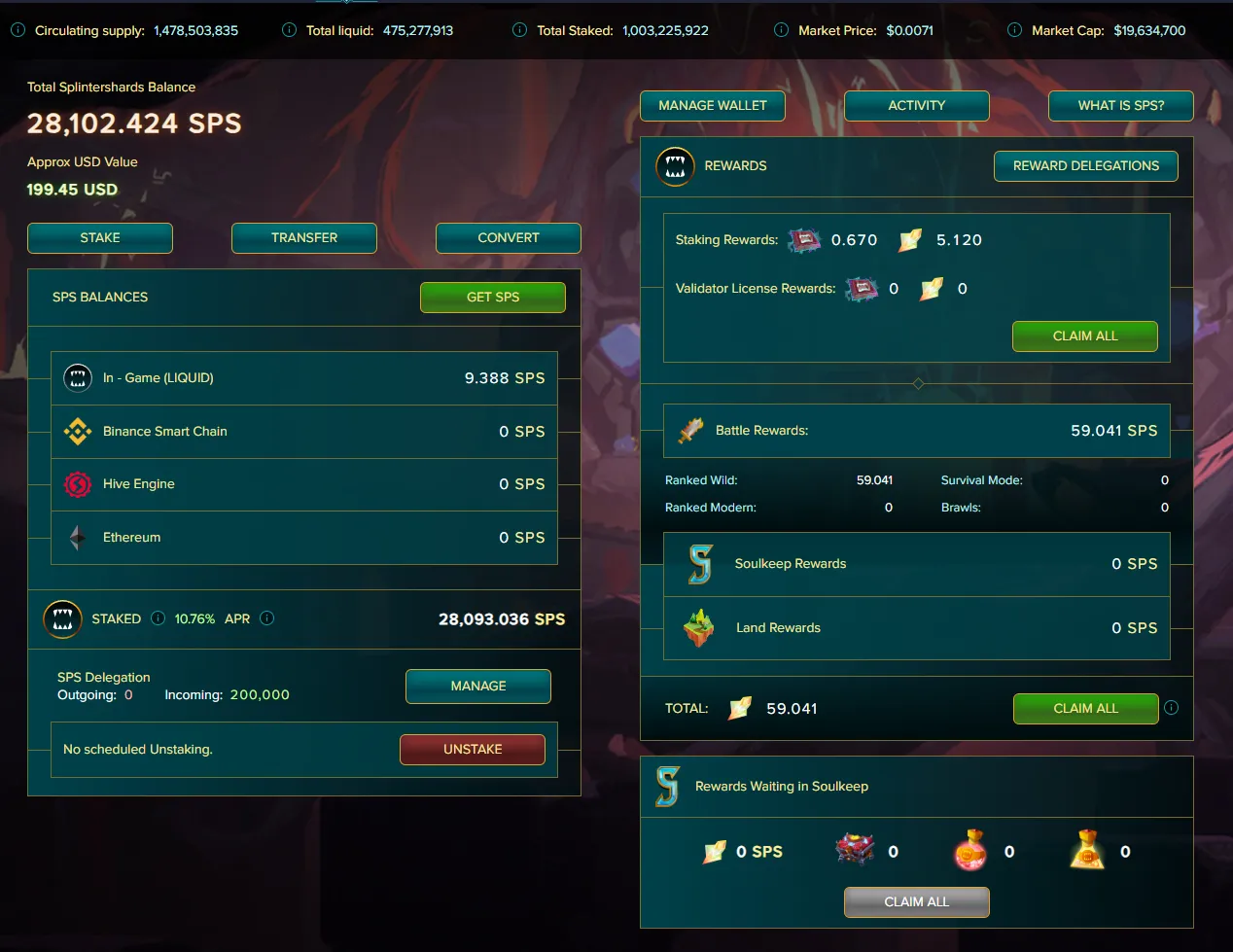
Track market dynamics:
Monitor token prices, which fluctuate based on supply, demand, and game updates. For example, in 2021, at the peak of the last Bull Run, SPS saw highs of $1 and lows near $0.03, offering a real-world lesson in crypto volatility.
By engaging with these mechanics, players get hands-on experience with concepts like tokenomics, liquidity, and market speculation—all without needing a finance degree.
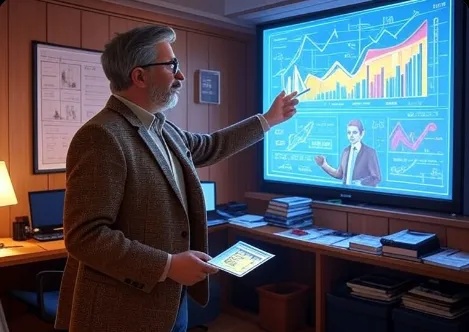
Lesson 3: Navigating Decentralized Exchanges and Swap Pools
To trade DEC or SPS, you’ll likely use platforms like Hive Engine or TribalDEX, which are decentralized exchanges (DEXs). These platforms operate without a central authority, relying on smart contracts to facilitate trades. For a new player, swapping DEC for Hive or SPS for Ethereum on Uniswap introduces the mechanics of DEXs, including:
Wallet integration:
Connecting your Web3 wallet to execute trades.
Swap pools:
Understanding liquidity pools, where users provide tokens to facilitate trades and earn fees (a key DeFi concept).

Gas fees and cross-chain transfers:
Moving assets between blockchains (e.g., Hive to Ethereum) teaches you about interoperability and transaction costs.
These skills are directly applicable to the broader crypto ecosystem. Whether you’re trading cards on PeakMonsters or swapping SPS on PancakeSwap, you’re learning how to navigate the same tools used by crypto traders worldwide.
Lesson 4: Play-to-Earn and the Economics of Winning
Splinterlands is a pioneer in the play-to-earn (P2E) model, where skilled players can earn real money through gameplay. You can win DEC, SPS, or rare cards through daily quests, seasonal leaderboards, or tournaments with cash prize pools (over $6 million paid out as of 2022). Cards can also be sold or rented on marketplaces, creating additional income streams. For example, rare cards have fetched prices from 0.01 ETH to thousands of dollars, depending on their scarcity and utility.
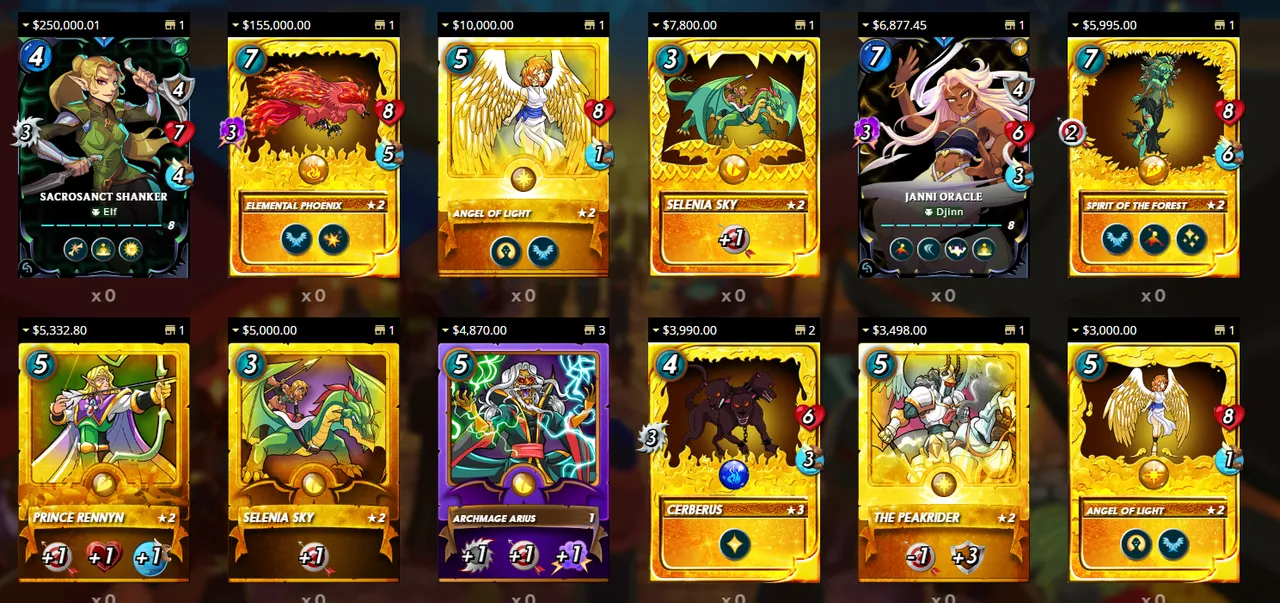
However, Splinterlands isn’t just play-to-earn—it’s win-to-earn, as one player noted. To compete at higher levels, you may need to invest in stronger cards, which introduces the concept of risk and reward. This mirrors crypto investing: you might spend $100 on a deck to increase your win rate, but there’s no guarantee of profit. Learning to balance investment and strategy in Splinterlands mirrors the decision-making process in crypto markets.
Lesson 5: Community, Governance, and the Future of Decentralized Gaming
Splinterlands isn’t just a game—it’s a decentralized autonomous organization (DAO) where SPS holders vote on game updates and development. This introduces players to decentralized governance, a cornerstone of Web3.
By staking SPS, you gain voting power, giving you a say in features like the upcoming Secret of Praetoria land expansion, which adds resource management and land-based NFTs to the game.

The active community, with over 100,000 registered users and 600,000 daily transactions, also provides a support network for learning. Forums like Discord are filled with players sharing tips on deck-building, market strategies, and crypto management.
For example, bloggers/vloggers on platforms like @threespeak, Twitch and YouTube have praised Splinterlands for teaching them about staking and quest rewards, turning gaming into a profitable hobby.
Splinterlands Influencers You Should Follow
For Video Content
Splinterlands 101
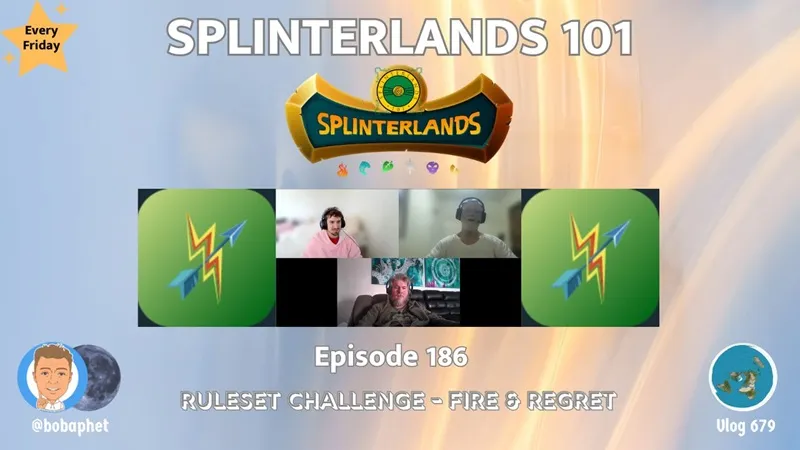
...
@thepeoplesguild

...
@bronzedragon
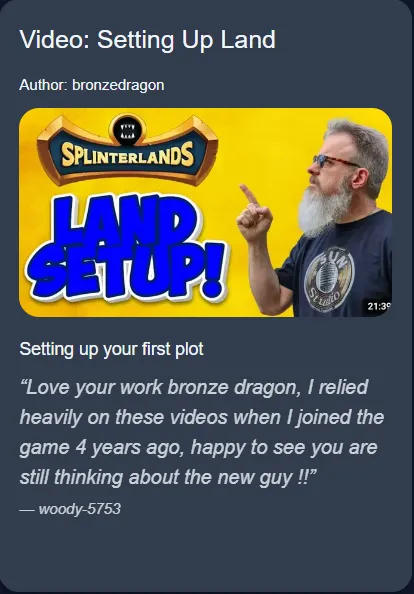
...
@infidel1258

...
@stever82

...
If You Love Data and Statistics
@beaker007's Land Resource Management Page
and Land User Guide
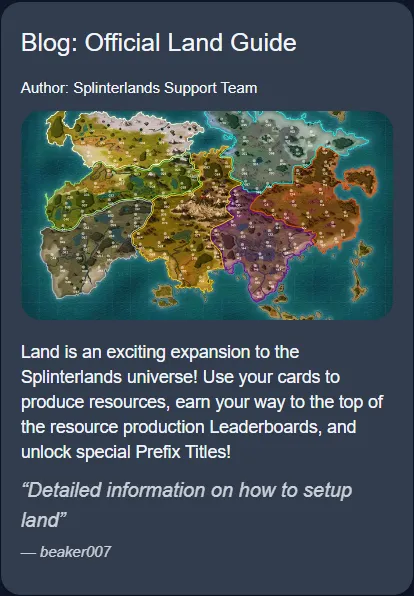
...
@azircon (Master Statistician)
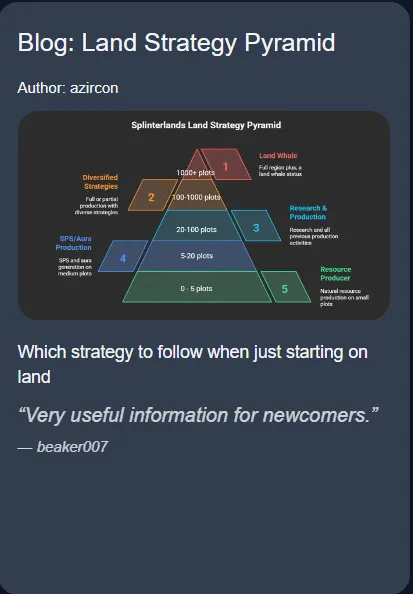
...
Gathering The Magic
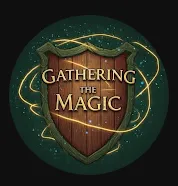
...
Challenges and Considerations
While Splinterlands is an excellent crypto educator, it’s not without challenges. The game’s pay-to-win elements can be daunting—competitive play often requires significant investment in high-value cards, which can alienate casual players. Additionally, token volatility (e.g., SPS dropping 80% from its 2021 peak) mirrors the risks of crypto investing. New players should approach Splinterlands with a clear budget and an understanding that earnings depend on skill and market conditions.
Why Splinterlands Matters
Splinterlands is more than a card game—it’s a gateway to understanding blockchain, NFTs, and decentralized finance in a fun, interactive way. By playing, you’re not just battling opponents; you’re learning to manage digital wallets, trade on DEXs, stake tokens, and navigate crypto markets. For someone new to cryptocurrency, the game lowers the barrier to entry, making complex concepts tangible through gameplay. For seasoned crypto users, it’s a chance to apply their knowledge in a dynamic, rewarding environment.
Ready to start your crypto education through gaming? Grab a $10 Summoner’s Spellbook, dive into Splinterlands, and discover how battling with cards can teach you to conquer the crypto world. Visit splinterlands.com to get started, and join a community that’s redefining what it means to play and earn.
...
Join the Splinterlands Discord
Think, Believe, Achieve.

Recent Videos by @bobaphet
Click Thumbnails to view




